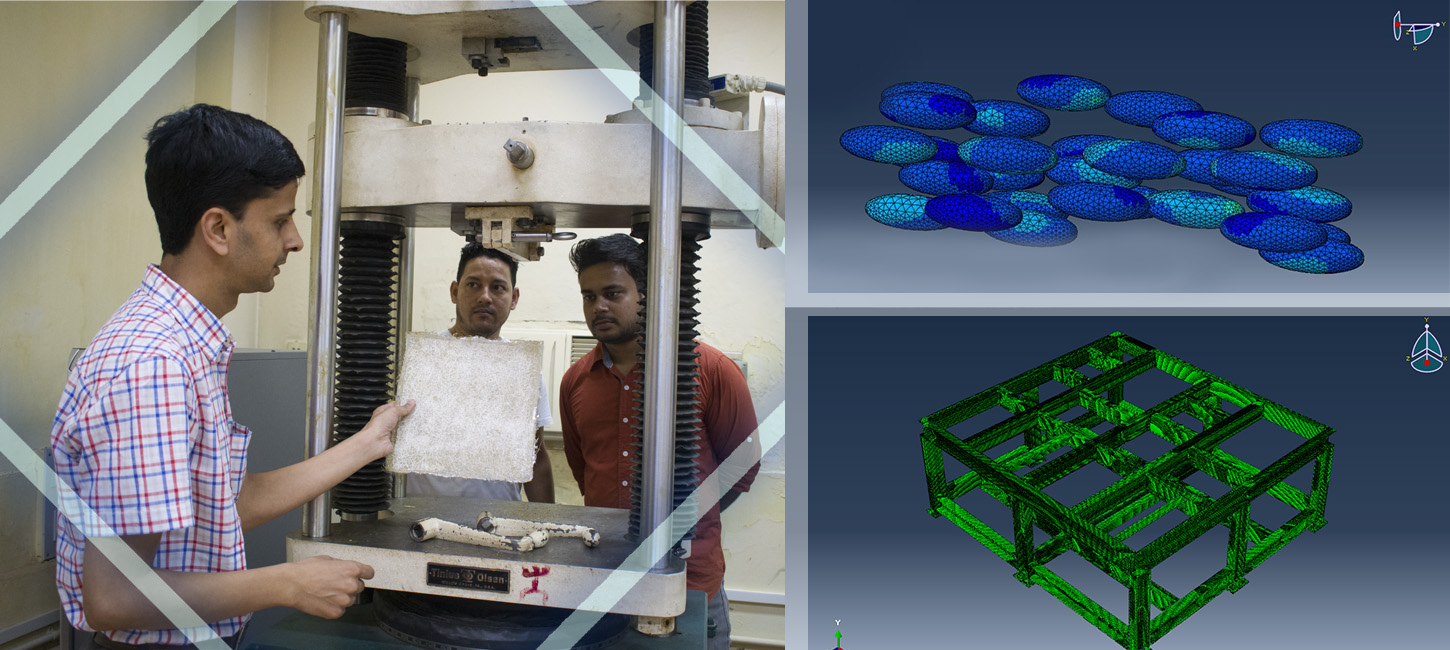
A composite approach
Had she known it, Greta Thunberg - the teenage Swedish environmental activist who has given up airline travel to cut down on her carbon footprint – would have been doubly upset. The airline industry is far more polluting than she can imagine. The commercial aircraft industry relies on composite materials to produce lighter and more durable aircraft. But a large amount of waste is generated in the production process. Composite materials, or composites as they are commonly known, are a class of materials in which polymers are reinforced with stiff fibres (usually glass or carbon). Carbon fibres can have extreme…
